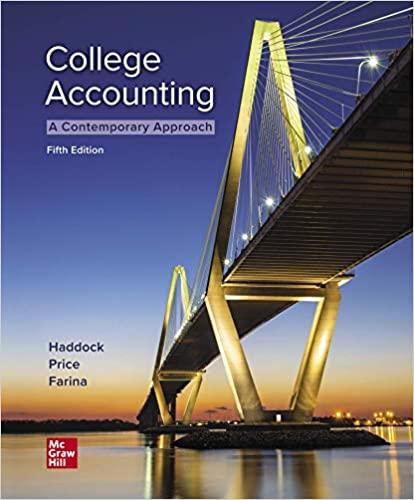question is linked , thank you!
Question 1 (15 points) Consider the following Collateralized Mortgage Obligations {CMOs} with Tranche A and Tranche Z securities issued recently. Assets: 5-year, 10% fixed rate mortgage pool = $2,400,000 [including an overcollaterization of $400,000) Stated maturity - 6% 51.200.000 5300.000 a) If the current market interest rate for Tranche A is 4%, determine the fair market value of Tranche A. (6 points) b) If the current market interest rate for the CMO's equity is 9%, determine the fair market value of the amount of overcollateralization. (9 points] Question 2 (15 points) You are the consultant to an Asset Management company advising the strategic investment team on land valuation. You are examining a vacant land site that is zoned for commercial and office use. The table below presents the land site information. Usable Area after development (square feet) Rent per sf per month {HKSJ Construction Cost R {$billions] Expected annual growth rate of NOI (g) Time Constraint for development (I) Investors' required rate of return Other relevant information on the land site are: 0 There is m maintenance cost on the undeveloped land site. 0 The construction cost is expected to remain constant for the next 7 years. 0 The property is assumed to have an infinite life. 0 The time constraint for development is 7 yearsif the development fails to start within 7 years, the right of development will be forfeited by the government. (a) Should the land site be developed immediately? Briefly explain. (5 points) (b) Should the land site be developed at year 7? Briey explain. (5 points) {c} Determine the optimal value of the land site if the regulatory time constraint is 15 years. {5 points) Question 4 (15 points) A property investor enters into a preliminary sale and purchase agreement with the property seller with the following terms: a Property Price agreed = $35 million - Negotiated closing period = 9 months The market practice is that if the buyer fails to close the transaction with the seller on the closing date, the buyer will forfeit the down payment. On the other hand, if the seller fails to close the transaction with the buyer, the seller must return m times the down payment to the buyer. The buyer purchased the property 10 years ago for $28 million. It is expected that the investor and the buyer will opt to walk away from the transaction if such decision warrants a better financial payoff. Both the investor and the seller share the view that the property price will fluctuate within the range of -25% to +10% around the agreed price on the closing date. (a) Suppose the investor and the seller negotiate a down payment that will ensure the transaction will be completed. What is the down payment? (5 points) (b) Suppose the property drops by 40% on the closing date. Based on your answer to (a), determine the corresponding profit or loss to the investor AND to the seller. (5 points) (c) Suppose the property increases by 20% on the closing date. Based on your answer to (3), determine the corresponding profit or loss to the investor AND to the seller. (5 points)








